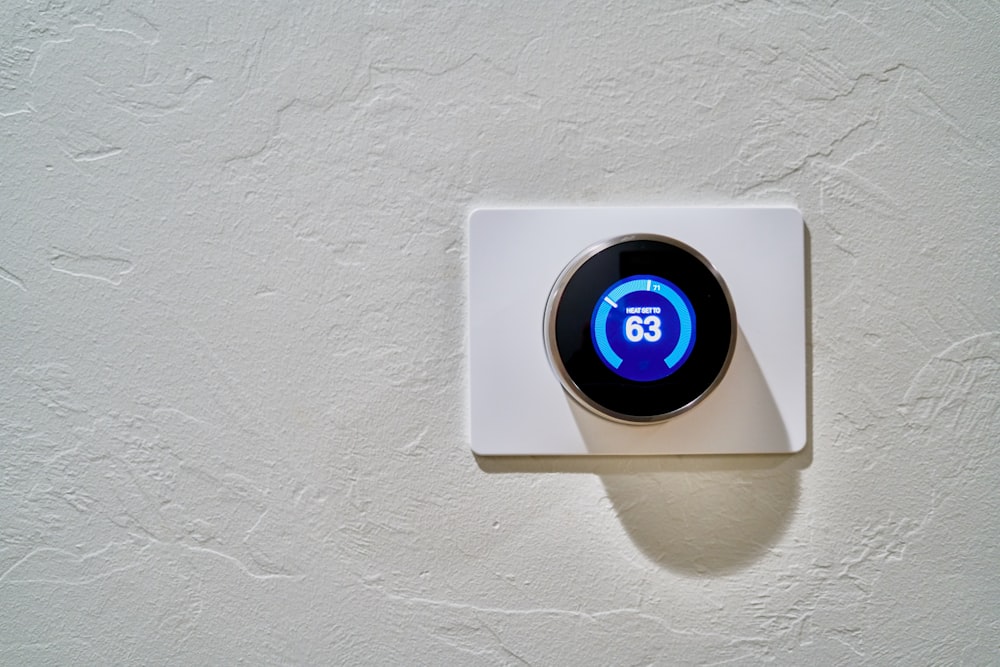An intelligent house is a technological solution for controlling a residential structure. Although it was once thought to be a symbol of needless luxury, it is now found in a huge number of modern structures. Check out how to build a futuristic home and enjoy the convenience and… reduced bills.
What Exactly Is A Smart Home?
Building management systems for buildings were introduced using technologies that were invented at the time. Initially, the technology was used to regulate office buildings and industrial halls, but over time, it was shifted to residential buildings, resulting in the so-called intelligent house.
An intelligent house is a structure with a system of sensors, detectors, and a single integrated mechanism for managing all of the building’s systems. This “gadget” ensures not only fantastic comfort but also safety and cheaper operating expenses for household members who use it. All of this is possible because of the communication network’s integrated automation system.
A Smart Home’s Elements
- Smart plugs – allow you to track energy usage and schedule when gadgets are turned on and off;
- Intelligent heating, air conditioning, and ventilation allow you to control the temperature in your rooms;
- Smoke, gas, flood, and motion sensors are examples of intelligent safety sensors.
- a fireplace with a jacket of water,
- Live view is possible with monitoring cameras.
- systems of alarm;
- clever lighting – lighting intensity can be adjusted remotely;
- Awning and roller shutter adjustment systems;
- sprinkling automation; sprinkling automation; sprinkling automation
- Multiroom audio systems, for example.
How Does Smart House Function?
The qualities of a smart house mean that it will be able to react automatically in certain situations, such as activating an emergency procedure after detecting a fire.
Registering any movement of a residence while the owners are away is an example.
The sensors could switch on the light, lock the door, and activate the sound signal in this circumstance. The central unit is connected to the Internet, and if there is no central unit in the building, the devices react to the variable independently.
The Smart Home system improves the quality of life while also ensuring the safety of family members. It may also reduce monthly building maintenance expenditures, depending on the gadgets placed. We can name the following functions as some of the most popular:
- control of the lighting
- control of the temperature;
- monitoring cameras, turning on and off household appliances and electronics are examples of electronic device management.
- Every day, at the same hour, raise the blinds;
- Turning on lights, playing music, and briefly raising and lowering roller curtains to simulate the presence of family members;
- Notifying people about uncommon situations.
What Are The Advantages Of Smart Home Technology?
The benefits of a smart home deserve their own page since, depending on the gadgets chosen, the range of benefits they provide can be huge. They may, however, be summed up in three words: security, economy, and comfort.
1. Safety And Security
We’re discussing security from two perspectives. Smart Home undoubtedly provides appropriate security for the members of the home. We can safeguard ourselves and our property from undesired behaviors of third parties by deploying a camera system, alerts, or presence simulation services. Peace of mind is the second dimension of security.
2. Financial Savings
We can utilize the system to not only see which devices consume the most electricity but also to “dose” it effectively, allowing us to schedule when we can use them. Smart plugs will also allow us to turn off the TV or, worse, the iron, from a distance.
3. Convenience
It is incredibly convenient to use a smart house. We won’t have to remember to do things like turn on the sprinkler in the garden, and we’ll be able to set the alarm or raise the thermostat without leaving the sofa. In addition, we will no longer have to leave the automobile to open the gate on a chilly winter evening.
Summary:
If you want to increase the installation’s capabilities, you can do so in a number of ways. You can connect extra modules to the backup cabling if you prepare for it while setting up the system. Otherwise, wireless gadgets are an option.
Regardless of the options, you select, the firm that built the system in your home will quickly connect and set up new devices to it. If you have a wireless system, you can remove it at any time and relocate it to another residence.



Leave a Reply